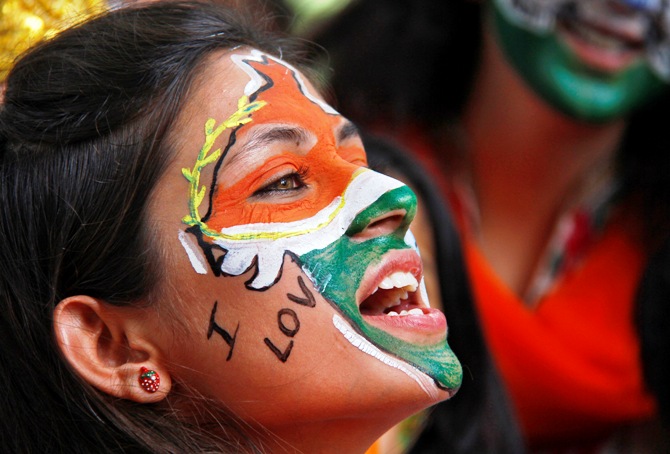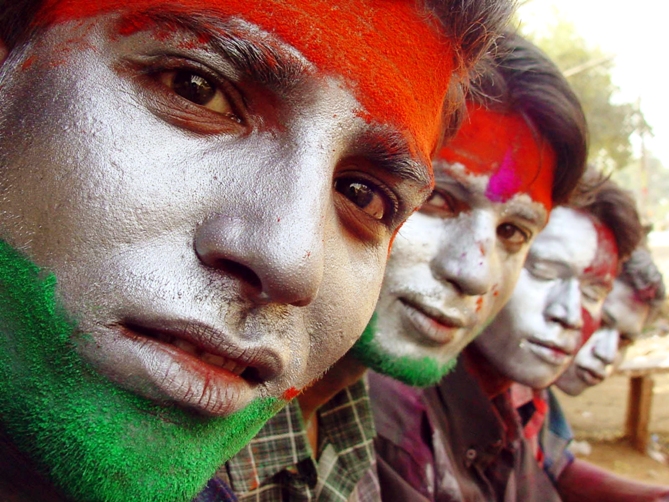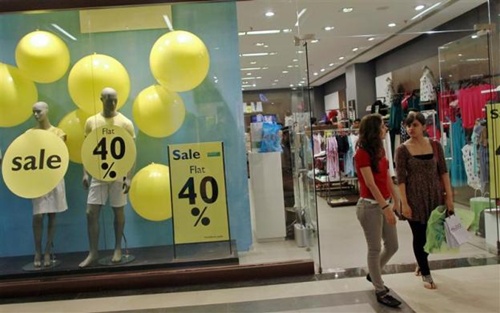Madhukar Sabnavis
Forget urban vs rural, marketers need to start thinking about North and South, says Madhukar Sabnavis.
In the last two decades, there has been much written and said about "two Indias" - called India 1 and India 2 in the new millennium, and EMT and HMT India (English- and Hindi-medium) in the 1990s.
One India was largely in the metros and large towns - the entry point for most multinational brands, and where the early adopters of new products were located.
The second India was where the early majority of the market exists, and the markets where scale could be achieved. India 2 was always seen to be looking up to India 1 and adopting things a 'bit' later.
However, mixes needed to be somewhat adapted for the local conditions and communication needed to go beyond the brand to layers of emotion.
However, Amartya Sen and Jean Dreze's book India: An Uncertain Glory reveals the emergence of an interesting phenomenon. At one level, the greatest optimist about India's development can get depressed reading the book, as it reveals the economic and social inequality the growth model has bred.
It clearly questions the 'Gujarat' model of development. That is something government and economists need to consider as they plan for the nation in the years ahead. However, a second interesting facet is hidden within the numbers, and that is worth pursuing.
A new "two Indias" is emerging.
...
Marketing mantra: Know the story of 'two Indias'
Photographs: Reuters
Nandan Nilekani did hint at this in his book Imagining India when he pointed out a double hump - a camel in India's demographics.
He said: "By 2025, North India's population will be very young with a median age of just 26; but the median age in South India would be 34 - similar to Europe's in the late 1980s."
The statistics in An Uncertain Glory make for interesting observations. Just as an indication, let's compare numbers for the four "Bimaru" states (Bihar, Madhya Pradesh, Rajasthan and Uttar Pradesh) representing North India and the four South Indian states of Andhra Pradesh, Karnataka, Kerala and Tamil Nadu.
The Bimaru states account for about 450 million people, and the four South Indian states, about 250 mn.
Let's first look at affluence levels. The average monthly per-capita household expenditure for North India across the states in both urban and rural regions is much lower than the India average of Rs 1,984 and Rs 1,054 respectively, while for the four southern states, it's largely higher.
The same is true about the penetration of consumer items like televisions and two-wheelers - and for latrines within the premises too. The average South Indian family has a better quality of life than its Northern counterpart.
...
Marketing mantra: Know the story of 'two Indias'
Photographs: Reuters
The difference on social indicators is just as stark. The fertility rate in 2011 - births per woman - on an all India basis is 2.4.
For the northern states, it's between three and 3.6; for the southern states it's 1.7 to 1.9 - perhaps explaining Nandan Nilekani's age divide observation for 2025. The percentage of women in the 20-24 age bracket married by 18 in India overall was 47.4 per cent in 2005-06.
The comparative rates for the four north Indian states range from 57 to 69, and for the south Indian states 15.4 to 54.8 (the highest is for Andhra Pradesh). The same story emerges if one looked at indicators like female labour force participation and proportion of women among organised sector employees.
Even when it comes to the female-to-male ratio in the 0-6 year age group, Rajasthan and Uttar Pradesh are well below the national average, while all the southern states are well ahead.
The story is the same across literacy, education, health and other public services indicators.
...
Marketing mantra: Know the story of 'two Indias'
Photographs: Reuters
The numbers may not be definitive but indicate that the North and South are evolving as two different economies, and could be treated as different countries.
It's already well known that modern trade is more evolved in the South than the North. And basic infrastructure is also superior in South India versus the North.
Marketers have been historically sensitive to the cultural difference between the two regions.
And mixes have often been adapted for the same - from language to caste to modifying rituals in advertising and even products to suit local tastes and needs.
Mass media has evolved in an isolatable manner and so made the creation of distinct communication easy.
However, as we move forward, this new dimension to the "two Indias" story could provoke fresh, fundamental thinking in marketing.
It would be facile to say that more evolved market mixes would suit the South and that of more developing markets be adapted for the North, based on the indicators mentioned at the start of this piece.
These numbers just indicate that the South is ahead of the development curve compared to the North, and is growing older.
...
Marketing mantra: Know the story of 'two Indias'
Photographs: Reuters
However, it may be interesting to consider different tasks in these markets and develop both marketing mixes and communication palettes accordingly.
This recognises that the two markets could be at different stages of evolution for the same category.
There could be a penetration task in the North and a consumption task in the South; it could be a transactional task in the North and brand affinity-building in the South.
Even the tonality of communication and the role of larger purposes assigned to brands could be different. As the South is older, brands should be less irreverent, yet able to stand for larger purposes including social causes given the market is more evolved, especially educationally.
Some brand stances that work in the West today could be more easily used in the South for brands and categories that are more evolved in those markets; the North may still need some basic market development concepts.
The greater presence of modern trade in the South means different shopper behaviour, at least for a core segment, and hence different media opportunities to drive brand-building.
This thinking is still nascent and could take firmer shape in the times to come. The evolution of India's demographic, economic and social indicators shows that there is another way to unbundle India in the future to extract greater value for brands and businesses. Something worth thinking about.
The writer is vice-chairman of Ogilvy and Mather India.







article